Matching fuelling intake to energy demands is a high-performance hot trend - here’s what you need to know
Fuel for the work required: we explain the message behind the mantra, why you should get on board, and how to do so
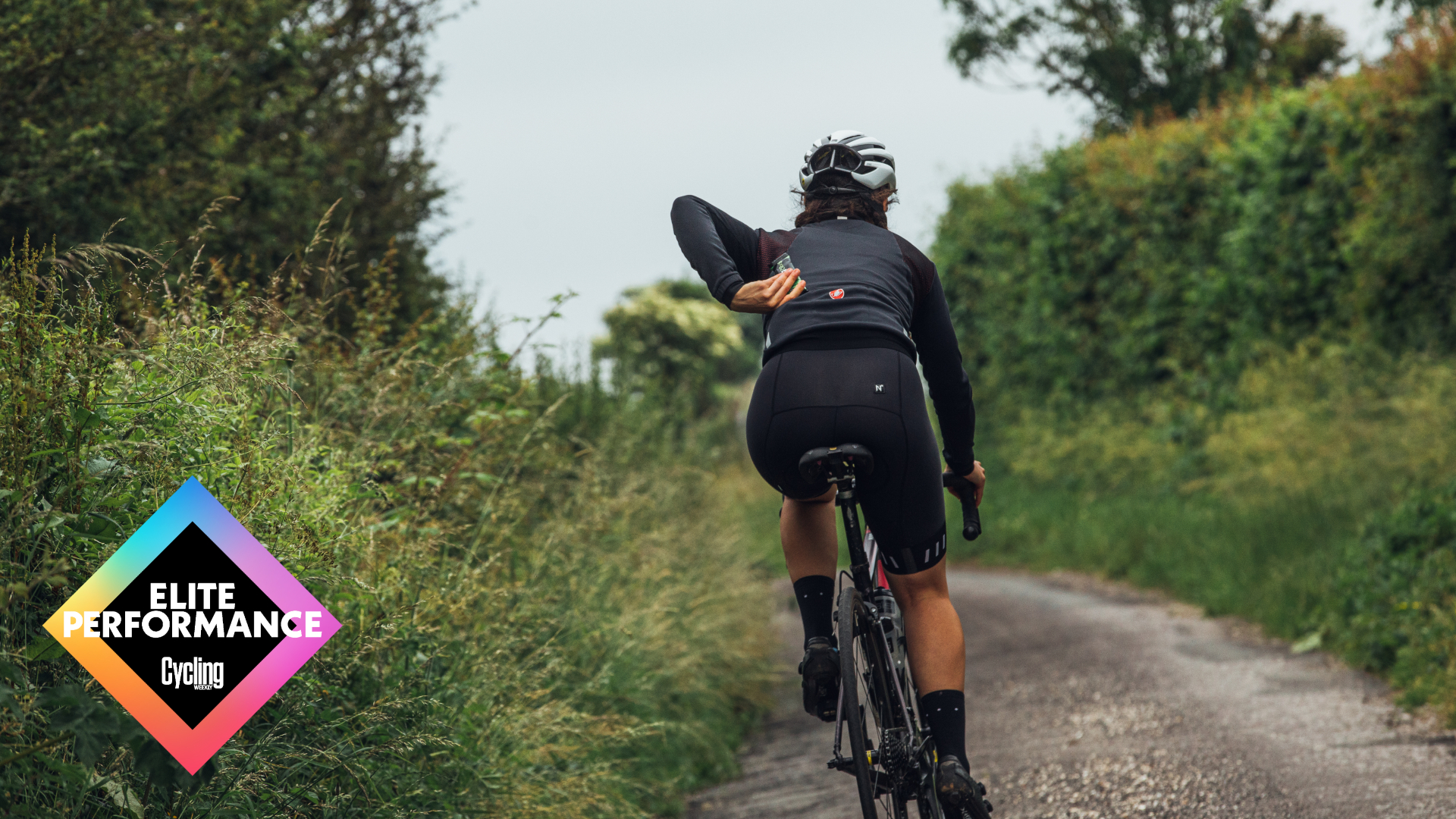

If you’re serious about your cycling, you’ll want to maximise the benefits you get from each training session. Since each one has unique fuel demands, it makes sense to tailor your fuelling plan accordingly.
That’s the idea behind the mantra ‘fuelling for the work required’ (FFTWR), named after a landmark paper by sports scientists Dr Sam Impey and Professor James Morton at Liverpool John Moores University (LJMU). In the paper – Fuel for the work required: a practical approach to amalgamating train-low paradigms for endurance athletes – the two scientists described a new strategy that marked a paradigm shift in sports nutrition. It helped Team Sky (now Ineos Grenadiers) and Chris Froome win the 2016 Tour de France and has since been adopted by many professional and amateur cyclists.
It was already known that training in a carbohydrate-restricted state (‘training low’) could increase endurance training adaptations and improve fat burning and glycogen sparing. But training low has several drawbacks. Firstly, it makes exercise feel much harder than training with full carb stores, so even an ‘easy’ session can feel taxing. Over time, it becomes near-impossible to complete intense training sessions, and you can lose your top-end performance. Second, training low puts your immune system under stress, leaving you at much higher risk of illness and infection. Third, it can lead to an increase in the breakdown of muscle protein for use as a fuel. Over weeks, this protein breakdown can amount to a significant loss of muscle, which will have a negative effect on your performance.
To get round this, the LJMU researchers’ proposed new training model, FFTWR, incorporated the benefits of training low while still permitting the completion of high intensity workloads on heavy training days. Instead of adhering to the same diet every day, you do your low-intensity sessions with low carbohydrate availability (i.e. low pre-exercise glycogen and no carbs consumed during exercise) and your high-intensity sessions with high carbohydrate availability (i.e. high pre-exercise glycogen and carbs consumed during exercise). In other words, you adjust the amount of carbohydrate you consume before, during and after workouts in line with your training intensity and volume.
“Fuelling for the work required makes logical sense,” explains Dr Impey. “Just as you don’t do the same training every day, so you shouldn’t have the same nutrition every day. It needs to flow and flux in the same way. Each workout targets different elements of your fitness. Some may be high-intensity intervals or climbs, others long steady rides or different activities such as yoga or strength training.”
How to apply this to fuelling? “Ask yourself, ‘What is my training goal for this session?’. When you know that, then you can plan how to fuel your body before, during and after.” This innovative approach to fuelling is, of course, in contrast to the traditional advice that every training session should always be done with high carbohydrate availability. It’s also preferable to chronic low-carbohydrate diets, which have been shown to hamper your capacity for high intensity training.
Matching carbs to intensity
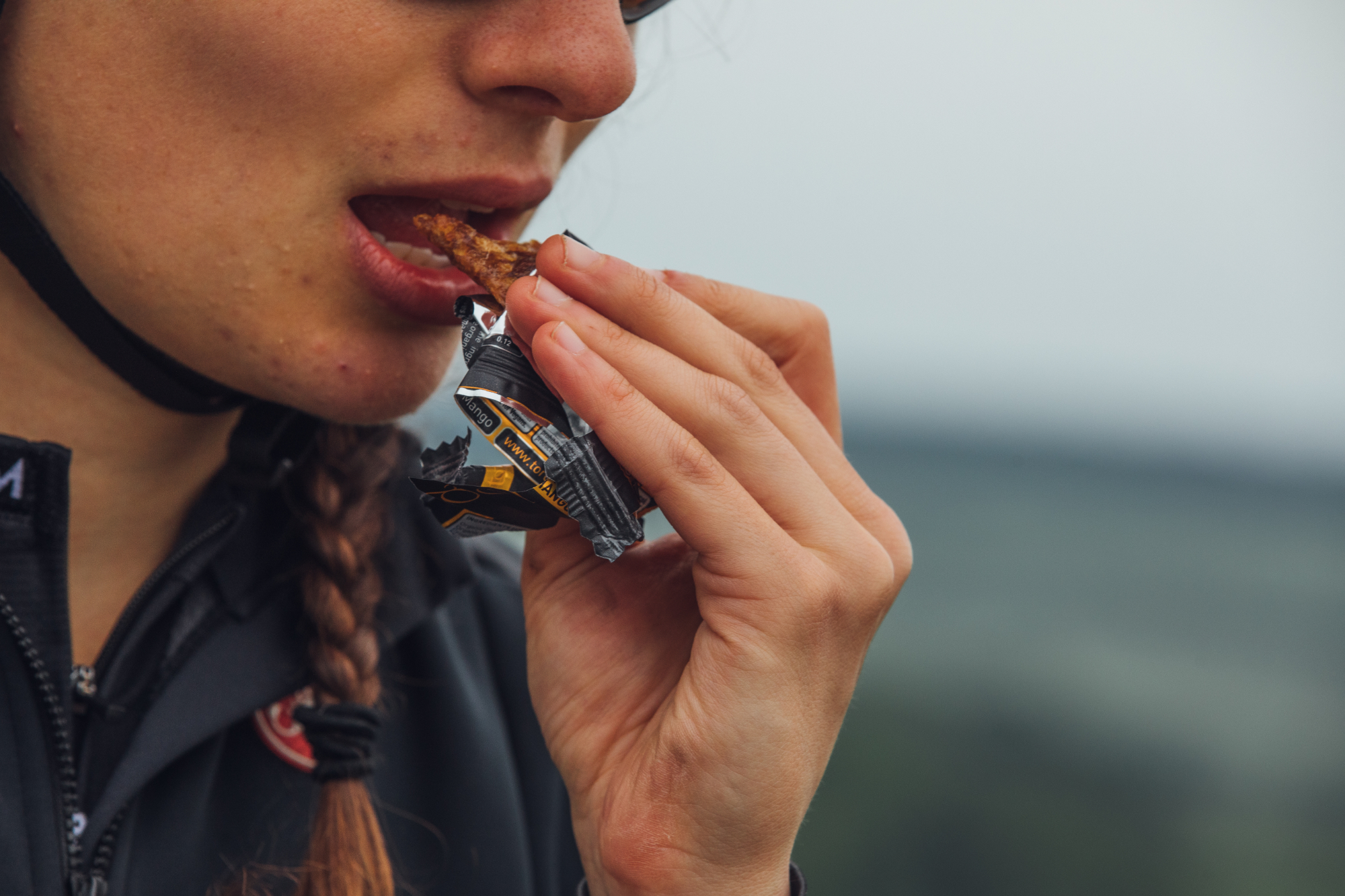
The benefits of FFTWR come from strategically limiting your carbohydrate intake around low-intensity endurance training sessions. Doing this amplifies the training adaptations in skeletal muscle, such as increased mitochondrial biogenesis. This results in a higher capacity for oxidative metabolism (fat-burning), allowing your muscles to burn a higher proportion of fat at any given intensity, which helps to spare precious glycogen.
Get The Leadout Newsletter
The latest race content, interviews, features, reviews and expert buying guides, direct to your inbox!
“By matching your carbohydrate intake to the fuel demands of your training sessions, you get the benefits of train-low sessions as well as the performance enhancing benefits of high-intensity sessions. The net result is an increase in your metabolic flexibility; that is, your muscles’ ability to use both fat and carbohydrate as a fuel,” says Impey. Research suggests that FFTWR can not only lead to favourable enhanced metabolic adaptations but can also result in improved performance and body composition.
A 2021 study by researchers at LJMU, showed that cyclists who employed a ‘sleep low, train low’ training strategy (doing high-intensity evening sessions with high carbohydrate availability, and fasted low-intensity morning sessions with low carbohydrate availability) for three weeks improved their functional threshold power (FTP) by 5.5% compared with those who did all their training with high carbohydrate availability. A 2016 study showed that triathletes following a ‘sleep low, train low’ strategy for three weeks improved their cycling efficiency (power output per calorie) by 11%, 10km running performance by 2.9%, time to exhaustion during high-intensity exercise by 12.5%, and also cut their body fat by 1% compared with those who did all their training with high carbohydrate availability. Another study in 2016 with elite cyclists showed that those who did ‘sleep low, train low’ for just one week experienced a 3.2% improvement in a 20km time trial.
How to fuel hard sessions
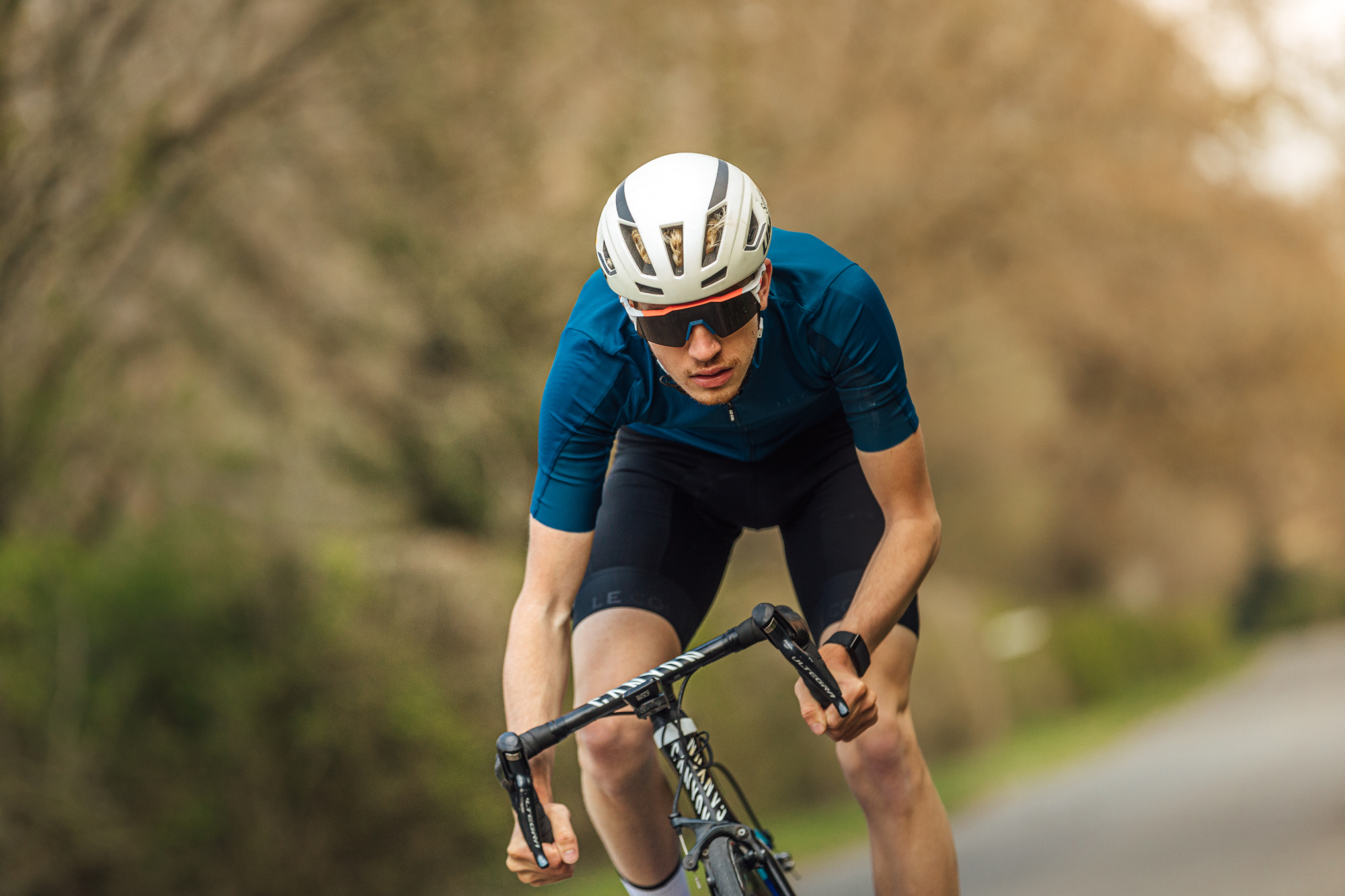
With FFTWR, high-intensity interval training (HIIT) workouts or long, hard sessions are done fully fuelled. In practice, this means including high-carb foods, such as pasta, potatoes, oats and rice in your pre-workout meals, as well as fast-acting carbs such as gels and bars during the ride. “If you want to increase your functional threshold power (FTP), you need to fuel well enough so that when you’re doing those hard sessions you can smash your numbers, really hit your targets and then recover from that effectively,” explains Impey.
Exactly how much carbohydrate should you consume? Impey recommends two grams per kilo of body mass in your pre exercise meal (which translates to 140g for a 70kg cyclist) to top up glycogen stores. As a rule of thumb, you should aim to finish eating 90-120 minutes before your ride to allow time to digest and minimise the risk of stomach problems. Suitable pre-exercise meals include pasta with lentil or beef Bolognese, porridge with blueberries, a simple risotto or pilaff, pad Thai, or cous cous with chickpeas.
For long, hard rides, Impey advises consuming 60g carbohydrate per hour, and 90g for more gruelling efforts. “Onbike fuelling is important if you want to maintain your power output and speed during the latter stages of a three-hourplus ride,” he says. “You’ll need to build up to intakes of 60 and 90g per hour, though. Start with small amounts, see how you feel, find the types of carbs that you like, whether that’s drinks, gels, whole foods or bars, and use that as your way to sustain your power output and your average speed in the final segment of your ride.” Good options that serve up 60g of carbs include 600ml energy drink (10g carbs per litre), two 50g gels, two or three bananas, four Medjool dates or two 45g energy bars.
Carbs are still king the day before and on race day. “When performance is the goal, it is vital to fuel with carbohydrates. Protein and fat are still important, but the main focus should be on carbs for race day,” emphasises Impey. For the 24 hours prior to the race, he advises loading up with 8-10g carbs per kilo (560-700g for a 70kg cyclist) to maximise muscle glycogen stores. During the race, aim for 60-90g carbs per hour to top up blood sugar levels.
Practise your strategy during training to get your body used to dealing with the volume of food and drink you will have to consume.
How to fuel easy rides
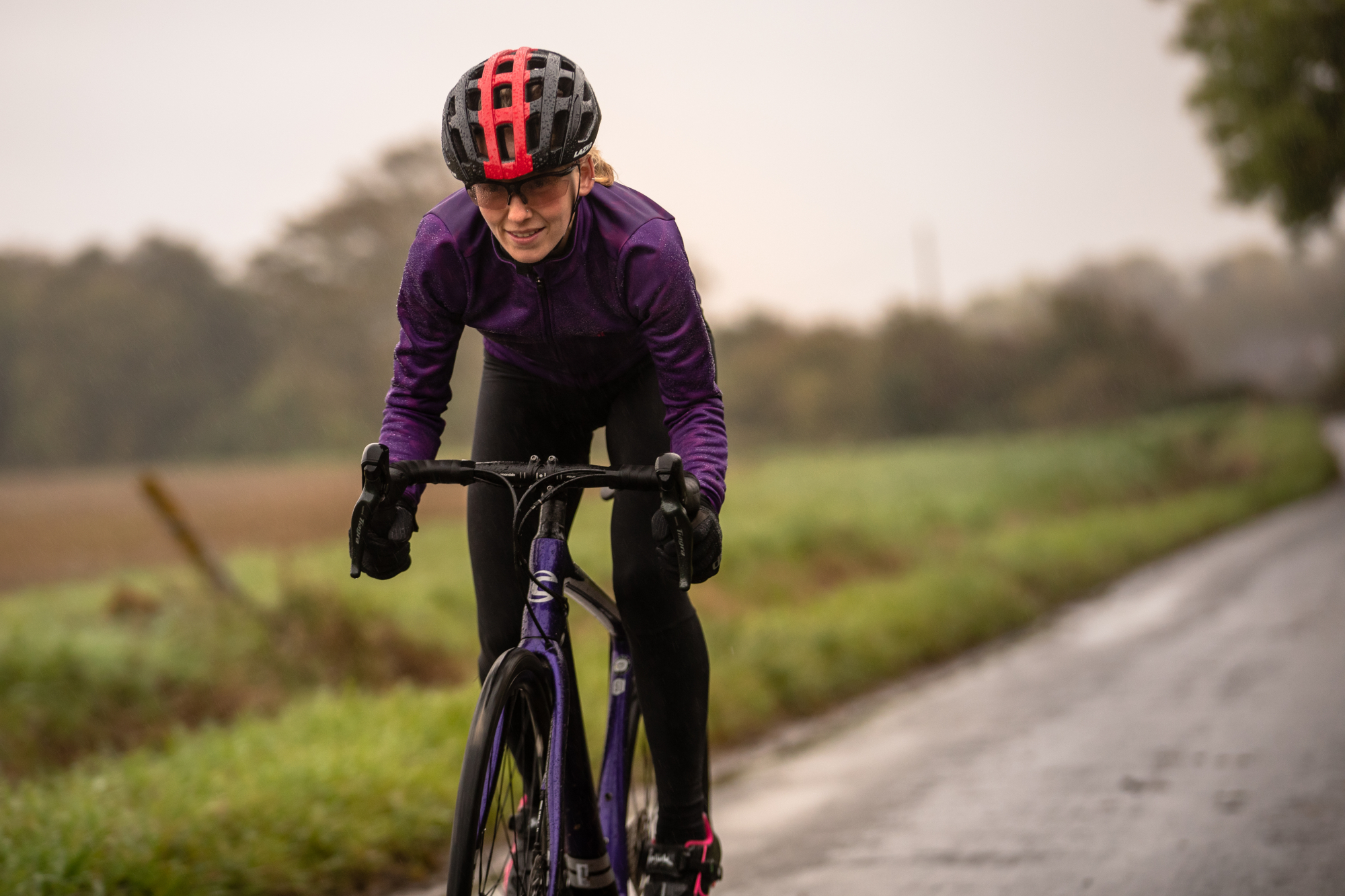
Train-low sessions should be done with low pre-exercise glycogen stores. “This doesn’t need to mean zero carbs, though,” says Impey. “Restricting pre-exercise carbs to around 0.5-0.75g per kilo of body mass could bring about aerobic benefits similar to a much longer well fuelled session. Choose a relatively low-intensity ride that’s between one and two hours duration. If you’re planning a fasted ride first thing in the morning, have a low- or medium-carb meal the night before.”
Your pre-exercise meal should contain 20-30g protein to help protect against muscle protein breakdown during train-low sessions. “It can contain some fat but not too much, as you want to achieve a state of low carb availability as well as a slight calorie deficit to promote fat oxidation,” explains Impey. “It’s thought that both lower carbs and lower energy are important triggers for muscle adaptations.” Suitable meals include smoked salmon with avocado, a spinach-filled omelette, Greek yoghurt or cottage cheese.
If you’ve ever done a ride on an empty tank, you’ll know that it feels harder than training high-carb. A strong coffee or some other caffeine source beforehand may help alleviate some of the pain. Studies show that 3-6mg of caffeine per kilo of body weight (which translates to 210mg or a double espresso for a 70kg cyclist) can reduce perceived exertion and boost performance. Alternatively, try swilling a carbohydrate energy drink around your mouth for a few seconds before spitting it out – before or during workouts. The carbs stimulate oral sensors that activate the brain’s pleasure and reward centres and can help override the perception of effort and fatigue.
“You don’t want to do too much train low, as that would compromise how well you do in hard sessions. Generally, choose just one or two sessions per week in the early season or base training phase,” advises Impey. “Some people don’t respond well to train-low. If you find you’re picking up respiratory infections or not seeing any benefits, then don’t carry on training low.”
But it’s after the ride when the magic happens. “This is when those all-important muscle adaptations occur. After a train low ride you need to refuel and ensure you’re putting enough carbs and calories back into your body, particularly if you want to follow-up with a high-intensity session.”
How to lose weight but not muscle
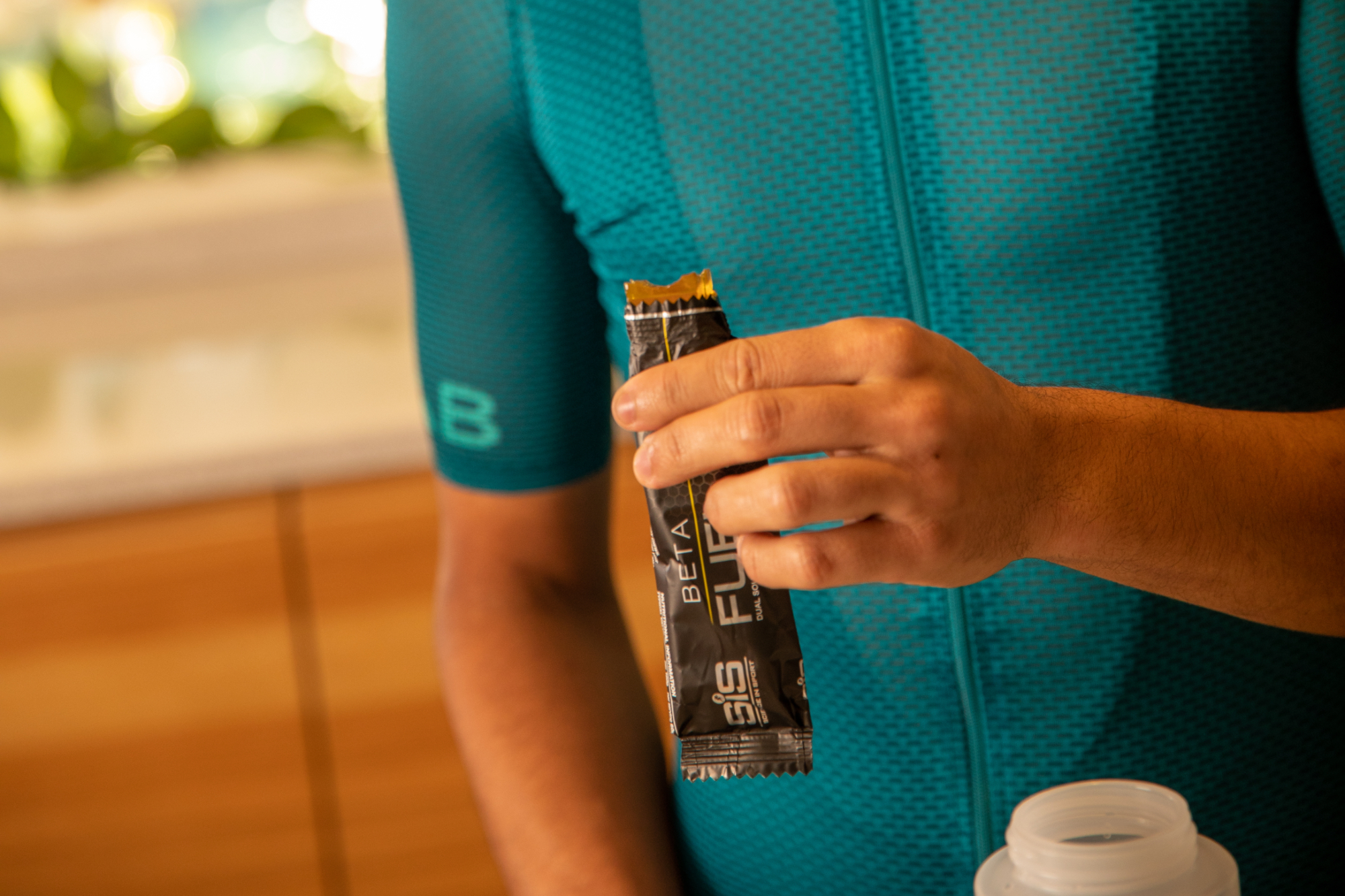
If you’re looking to lose weight, you’ll need to create a calorie deficit but still fuel your body with enough energy to train and recover. “This can be achieved during your train-low sessions,” explains Dr Impey. “Then you do your high-intensity training fully fuelled, so you won’t compromise high-end performance.” In other words, FFTWR can be a good strategy for weight loss without harming your performance.
Impey cautions against cutting carbs and calories too much as this could endanger your health. A study published in the British Medical Journal in 2018 found that 28% of male riders exhibited symptoms of low energy availability (LEA) – a state in which your body doesn’t have enough energy left to support normal physiological functions. This can result in reduced testosterone in males, low oestrogen in females, and an increased risk of bone fracture.
“If FFTWR is done properly, there’s little risk of developing LEA,” assures Impey, “The key is to focus on your recovery after train-low sessions. That way, you’ll adapt fully to the training you’ve done and avoid LEA. High intensity sessions should always be done properly fuelled.” Early warning signs to look for include persistent fatigue, poor recovery, recurrent respiratory tract infections and, in females, loss of, or irregular, periods.
Win-win scenario
To cut out all that number crunching, technological help is available to help you calculate the appropriate carb intake. Impey has been collaborating with a team of data scientists to develop the Hexis App (hexis.live) to take the guesswork out of FFTWR. Currently it’s the only system to personalise, periodise and plan your daily carbohydrate and calorie needs to the demands of your workouts and goals. Input your age, weight, height, gender and training programme and you’ll get a colour-coded fuelling schedule to help you plan your meals and snacks.
FFTWR is an intuitive way of combining your nutrition and training that’s supported by an increasing amount of scientific and anecdotal evidence. By adjusting your carbs and calories to your training intensity and duration, you’ll not only boost your metabolic flexibility, but also find it easier to improve your power-to-weight ratio – giving you an edge in races. Take care, though, not to cut carbs too drastically when training low, to safeguard your health and performance. Stick to a maximum of one or two train-low sessions per week, ideally in the low season. And remember that carbs are king before and on race day.

Thank you for reading 20 articles this month* Join now for unlimited access
Enjoy your first month for just £1 / $1 / €1
*Read 5 free articles per month without a subscription

Join now for unlimited access
Try first month for just £1 / $1 / €1

Anita Bean is an award-winning registered nutritionist, internationally published author, health writer and former British bodybuilding champion. She specialises in sport and exercise nutrition and is passionate about helping athletes improve their performance in training and competition. She is the author of The Complete Guide to Sports Nutrition and The Vegan Athlete’s Cookbook and has written for Good Housekeeping, Waitrose Food and Women’s Running. Anita is also the nutritionist for RideLondon and the London Marathon. A strong advocate of an active lifestyle, Anita enjoys cycling, yoga, hiking and strength training.
-
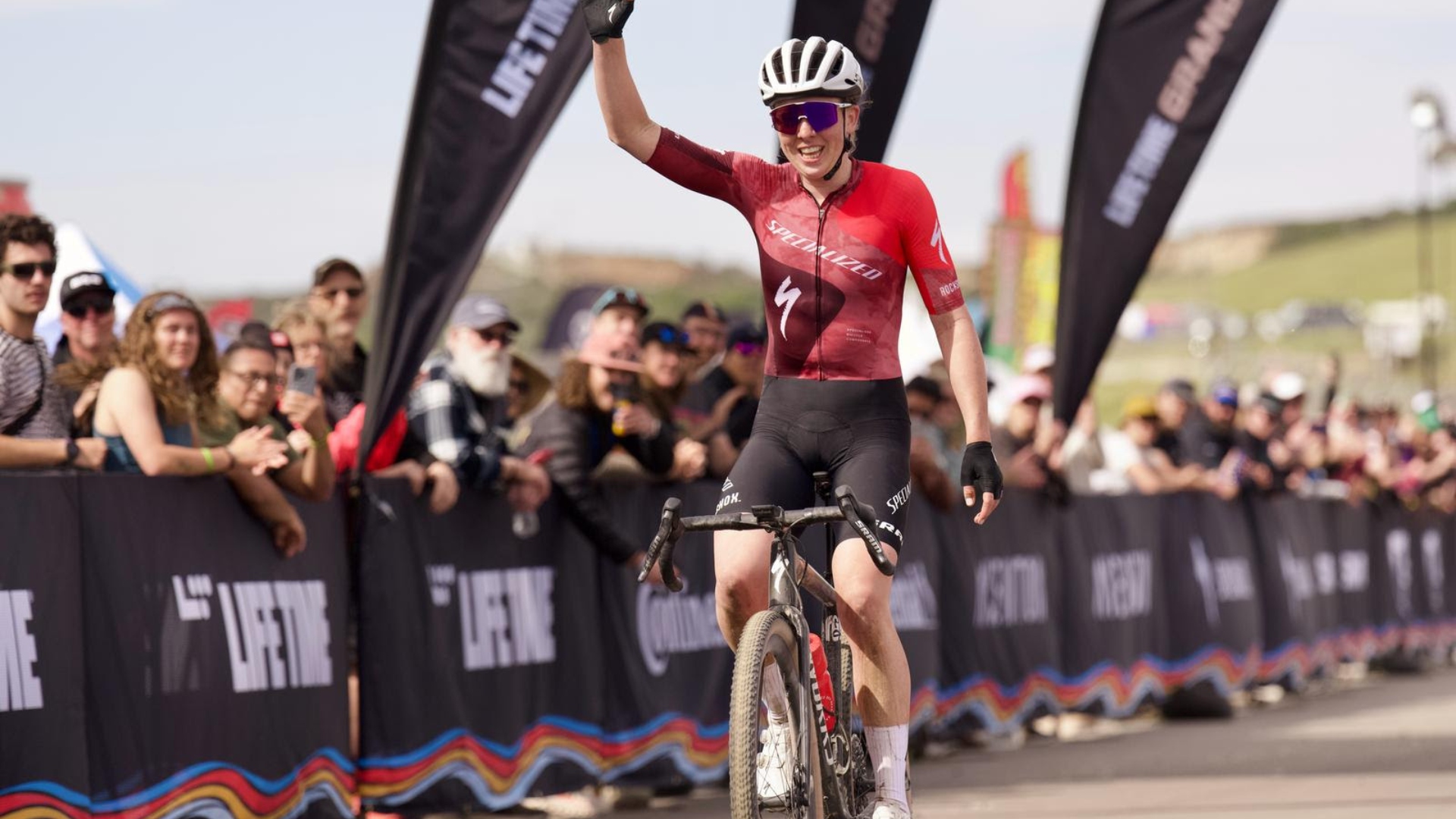 'I gave it everything I had' - Keegan Swenson and Haley Batten win Sea Otter Classic Gravel
'I gave it everything I had' - Keegan Swenson and Haley Batten win Sea Otter Classic GravelOlympic medalist mountain biker Batten crushes her first gravel race; Swenson and Villafane slip into familiar Life Time Grand Prix series leads
By Ryan Simonovich Published
-
 I have been capturing my cycling adventures for over 20 years, and two of the best action cameras for cyclists have just hit their lowest prices on Amazon
I have been capturing my cycling adventures for over 20 years, and two of the best action cameras for cyclists have just hit their lowest prices on AmazonDeals Amazon has slashed the price on Insta360 cameras, including the highly rated X3, which has a huge 30% off
By Paul Brett Published
-
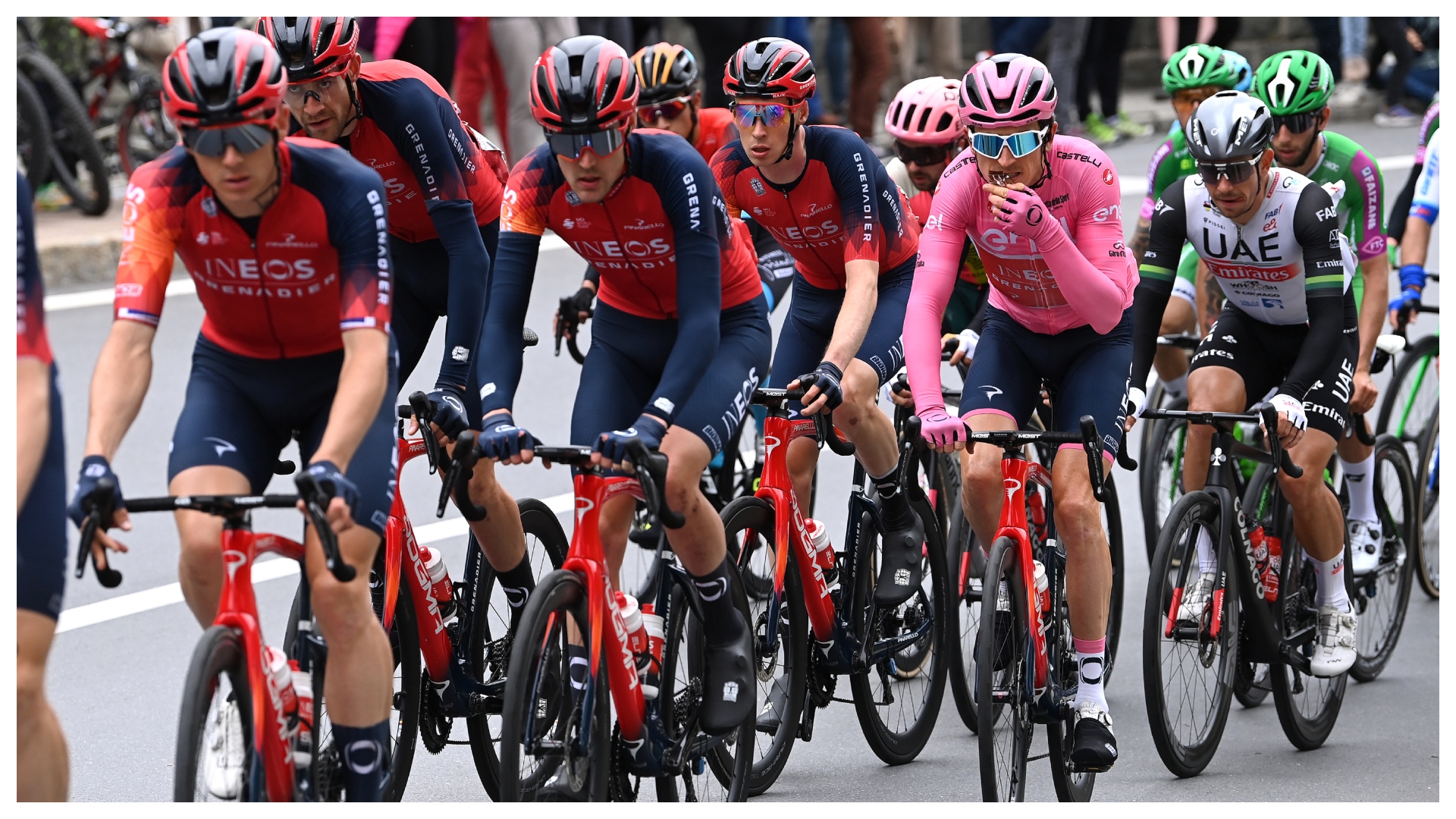 Five nutrition questions answered by an Ineos Grenadiers expert
Five nutrition questions answered by an Ineos Grenadiers expertWe put some hot fuelling topics to Dr Marc Fell, performance nutritionist for Ineos Grenadiers
By Sponsored Published
-
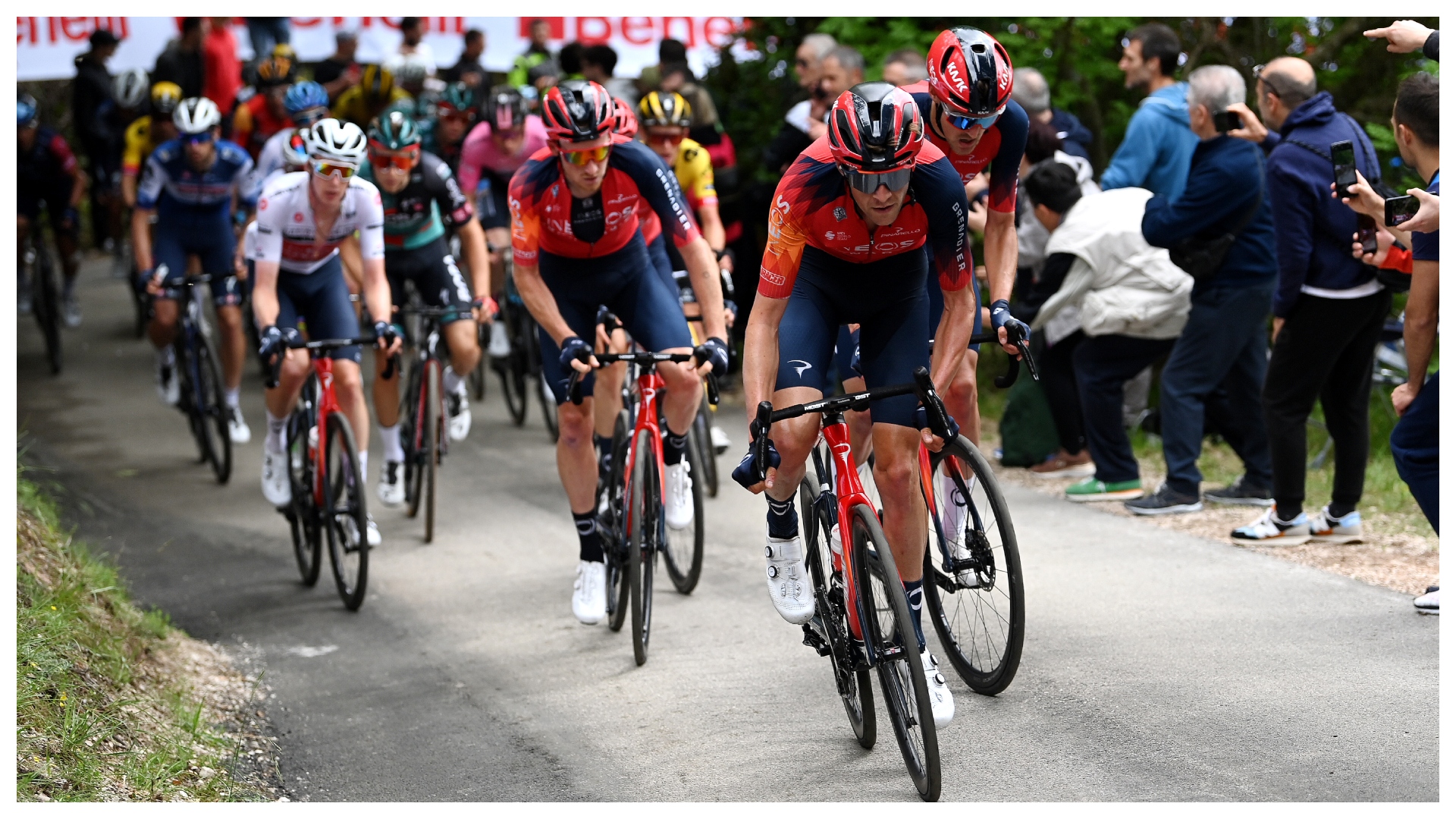 Eating for optimal recovery
Eating for optimal recoveryHow INEOS Grenadiers use Science in Sport to fuel their recovery
By Sponsored Published
-
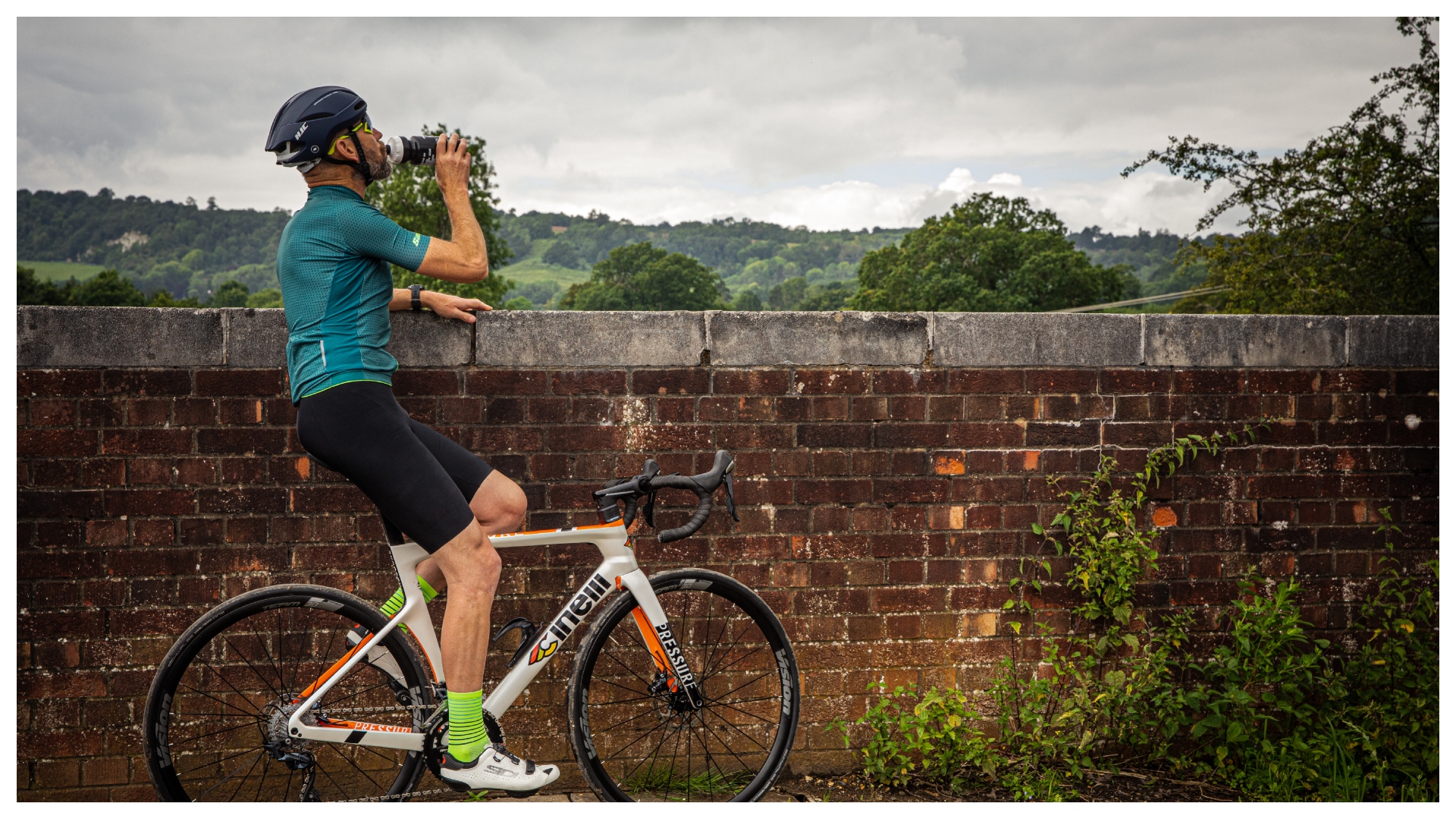 What to drink when cycling - the liquids you need on the bike
What to drink when cycling - the liquids you need on the bikeNot all liquid is created equal - we explain the different types of fluid that'll help you ride further
By Luke Friend Published
-
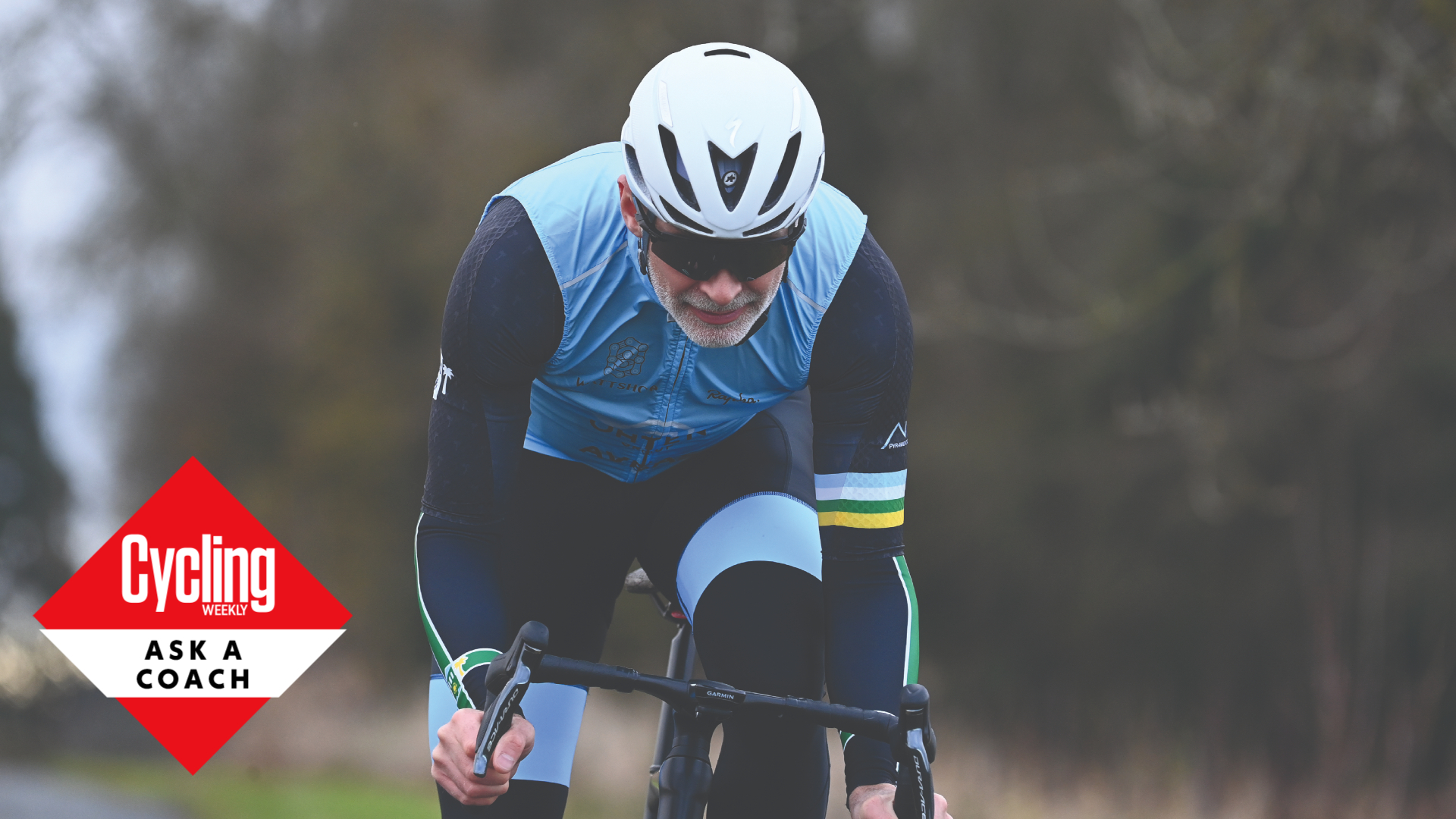 Ask a coach: 'I’m over 40, what is a good VO2 max for my age?'
Ask a coach: 'I’m over 40, what is a good VO2 max for my age?'VO2 max measures how much oxygen your body can utilise in a minute - but how does yours compare to the average, and does it matter?
By James Spragg Published
-
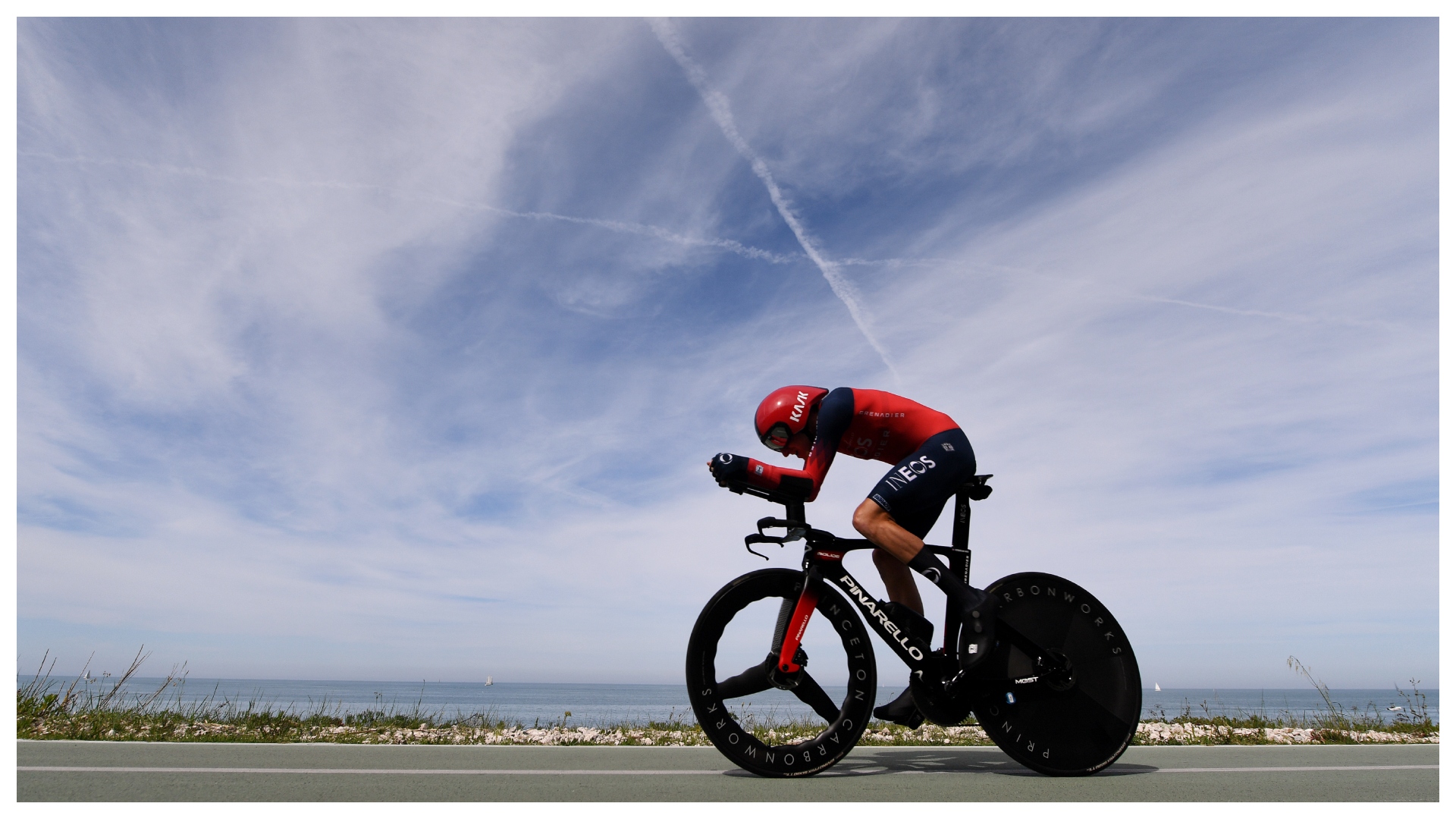 Performance fuelling for time-trials.
Performance fuelling for time-trials.How INEOS Grenadiers use Science in Sport to fuel a Grand Tour stage when every second counts
By Sponsored Published
-
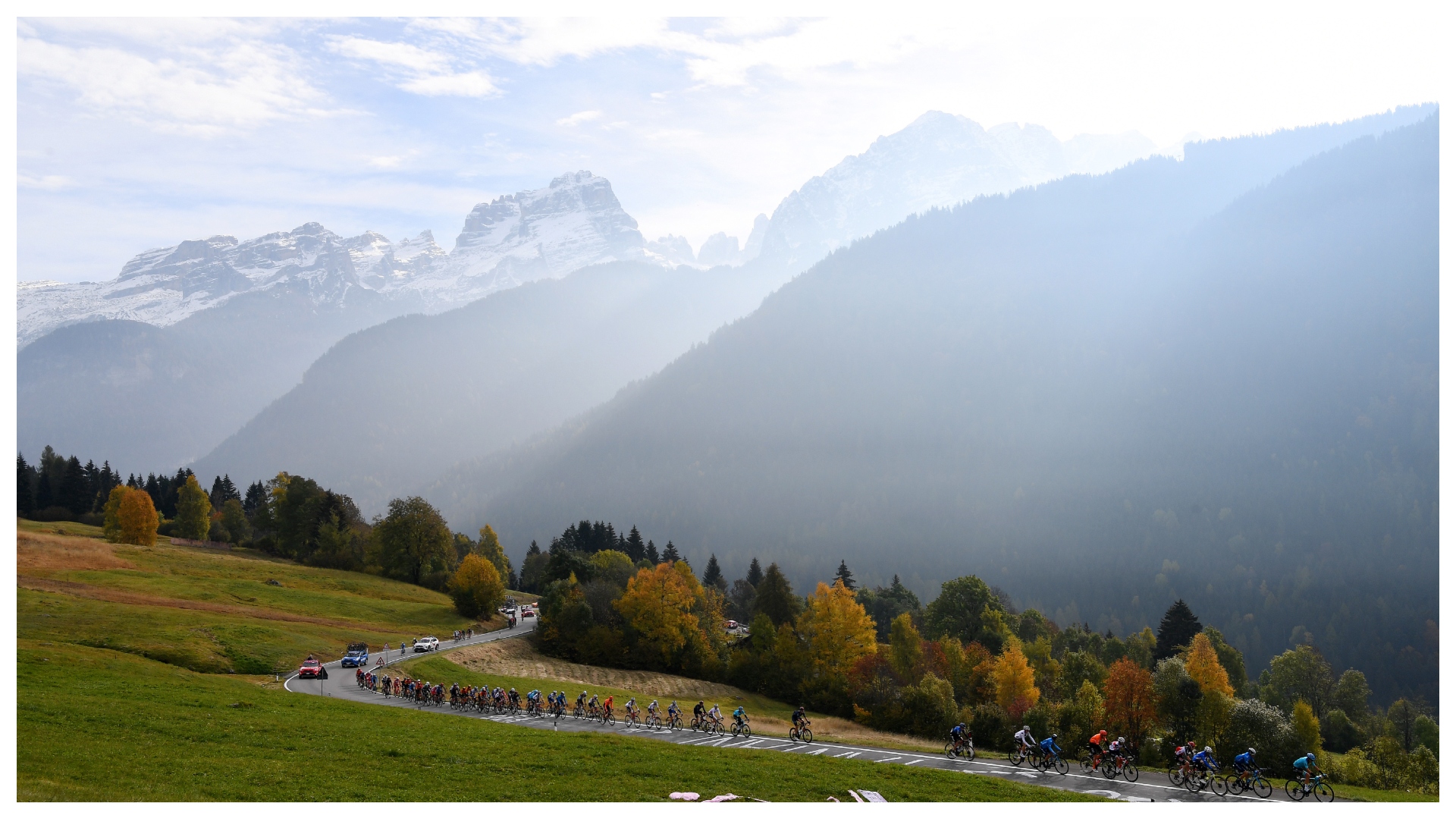 Fuelling for the mountains
Fuelling for the mountainsHow INEOS Grenadiers use Science in Sport to fuel a Grand Tour
By Sponsored Published
-
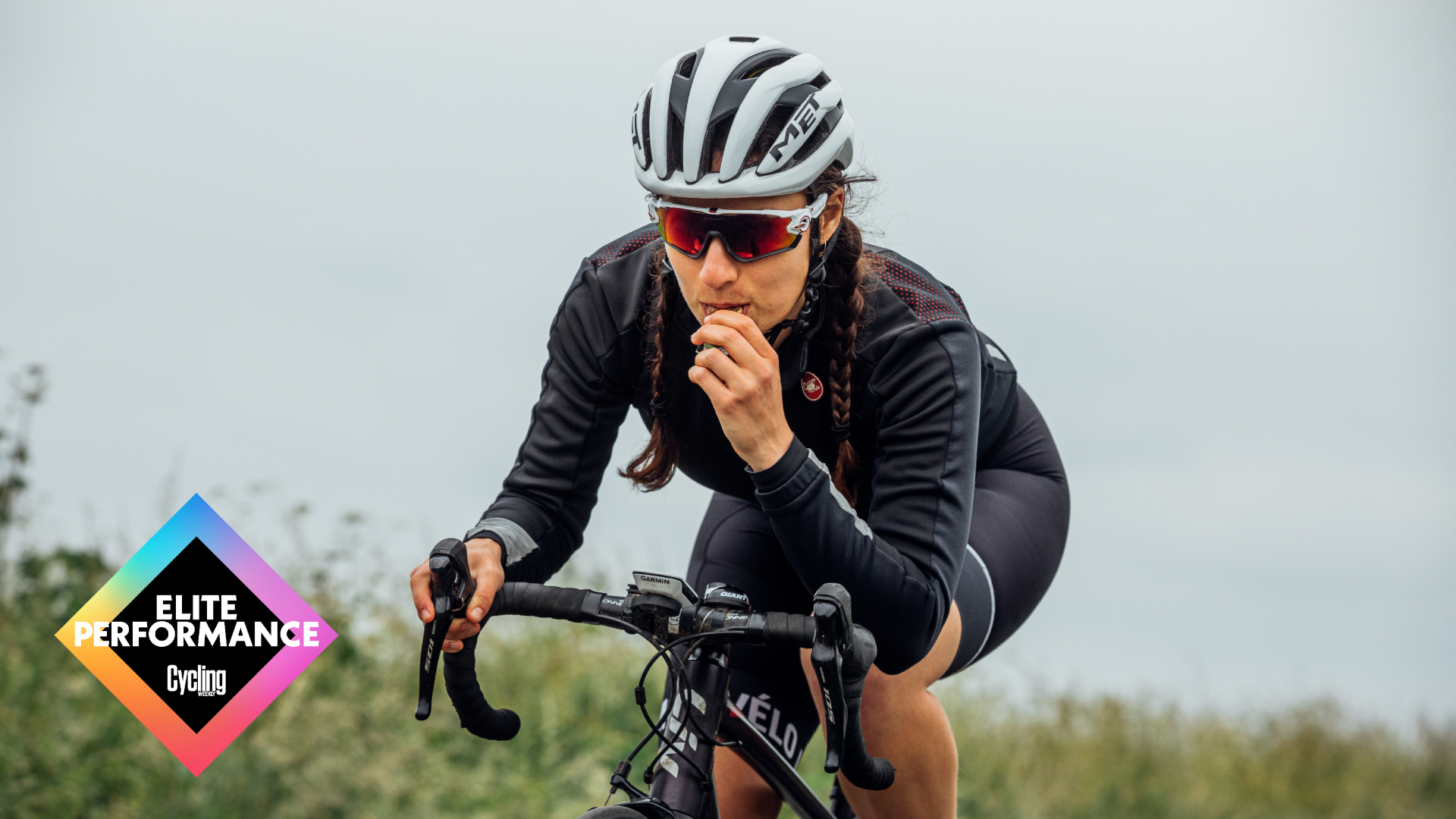 Should cyclists care more about chemicals in sports nutrition?
Should cyclists care more about chemicals in sports nutrition?With so much information now available about sports nutrition, how can athletes make sense of what’s best for them? We chat with two brands and a registered dietitian to get to the bottom of what formulas make sense and why
By Kristin Jenny Published
-
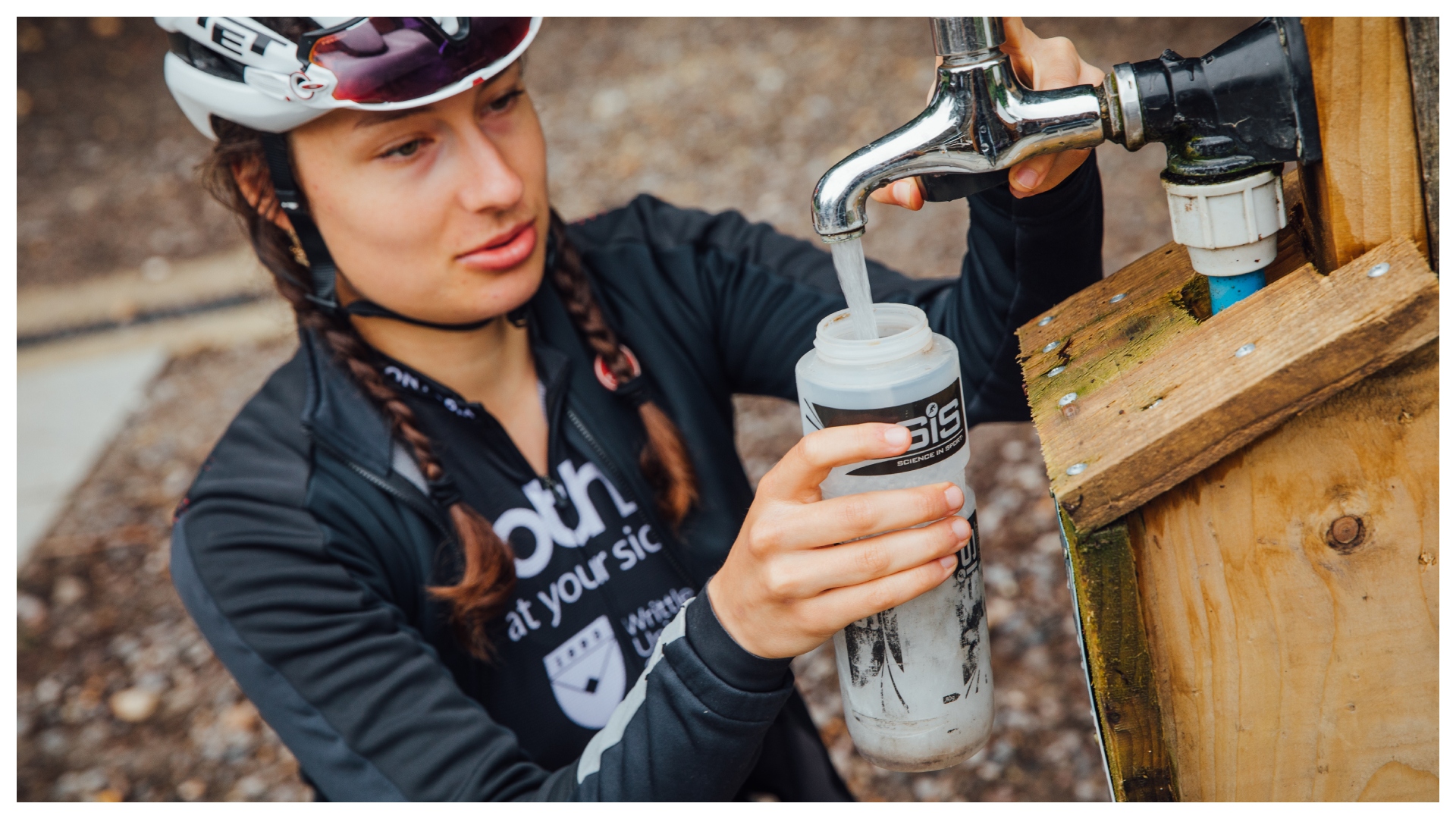 Are these six common sports nutrition rules fact or fiction?
Are these six common sports nutrition rules fact or fiction?By Adam Becket Published